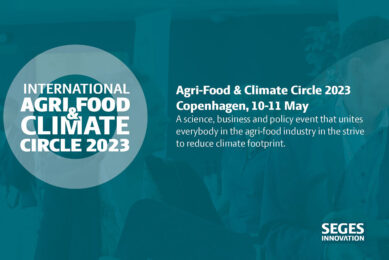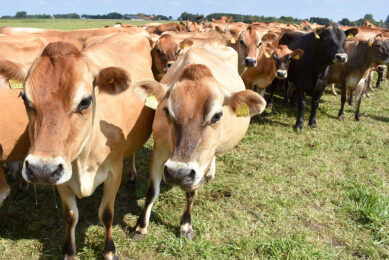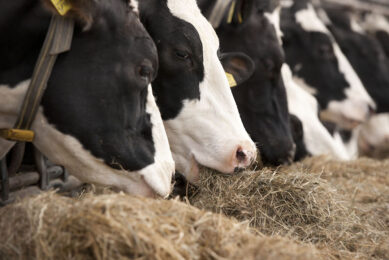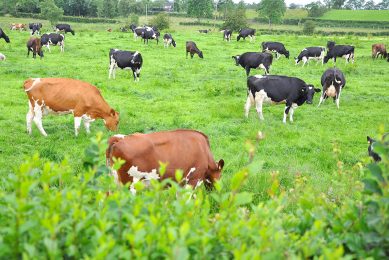Methane emission factors need revision
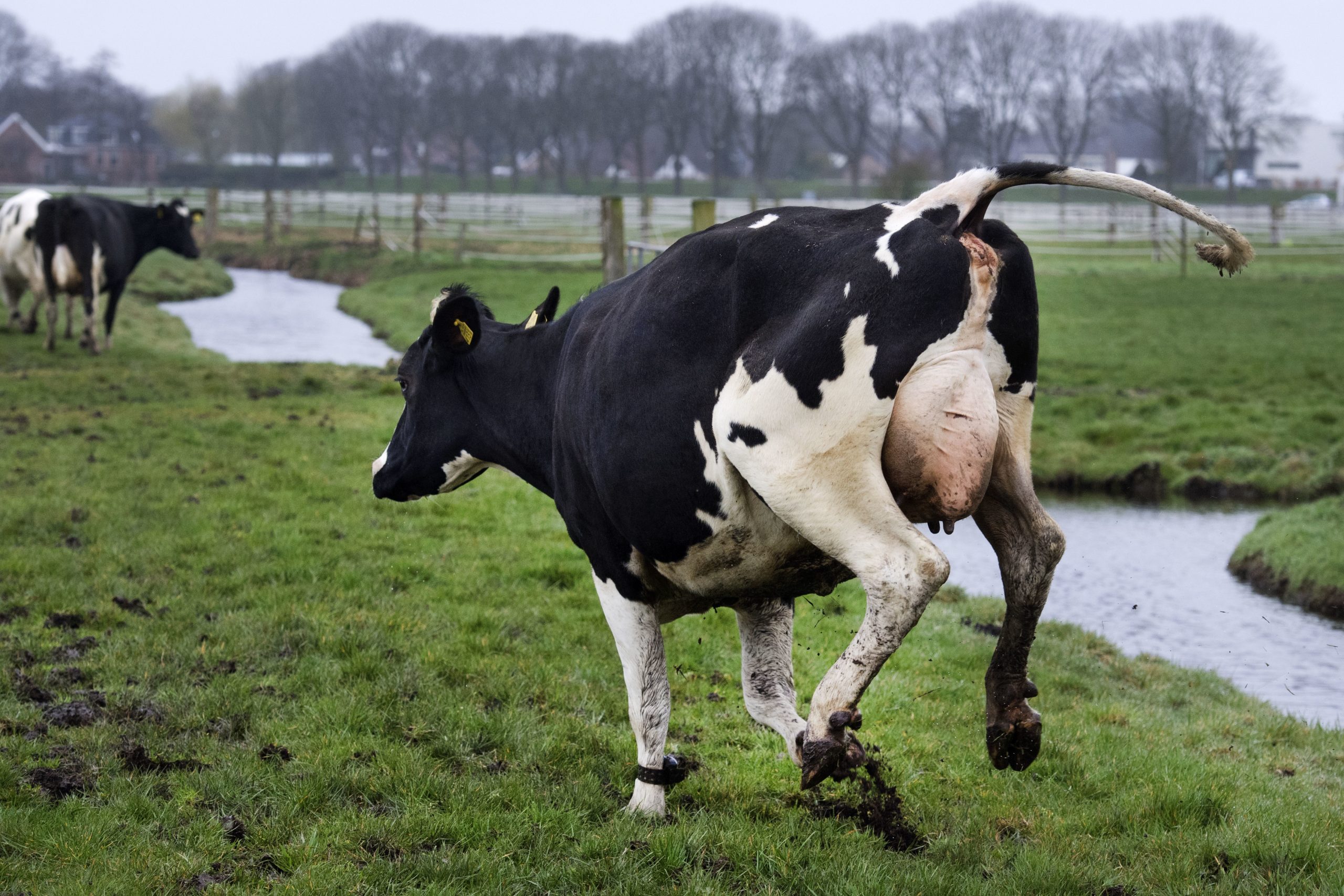
Methane is a hot topic, but measurement of it is complex and expensive. And are we calculating it in the right way? An international consortium of animal scientists questions this.
Enteric methane (CH4) production from cattle contributes to global greenhouse gas emissions. Measurement of enteric CH4 is complex, expensive, and impractical at large scales; therefore, models are commonly used to predict CH4 production. However, building robust prediction models requires extensive data from animals under different management systems worldwide.
Data from 5,200 cows
In a new paper, published in Global Change Biology, the researchers conclude that revised methane emission factors for specific regions are required to improve methane emission estimates for dairy cattle in national inventories, as stated on the website of Wageningen UR.
The research looked at data measurements from over 5,200 lactating dairy cows assembled through collaboration of animal scientists from 15 countries (the GLOBAL NETWORK project). This large study showed that methane emission from dairy cattle can be predicted by simplified models requiring readily available feed-related variables. Models requiring only dry matter intake (DMI) or DMI + NDF (neutral detergent fibre) had the second best predictive ability and offer an alternative to complex models. The researchers also address that revised methane emission conversion factors for specific regions are required to improve emission estimates in national inventories.
improve accuracy
The research by the consortium offers opportunities to include region specific methane conversion factors in national inventories. This is essential to improve accuracy of carbon footprint assessment of dairy cattle production systems in several regions worldwide, and to help devise mitigation strategies. The team that conducted the study is currently developing similar databases for predicting and mitigating methane emissions from beef cattle and small ruminants (sheep and goats).
Top 5 articles on All About Feed about mitigating methane through nutrition:
- Feed supplement drops methane by 58%
- Plant oils added to grass silage reduces methane
- Seaweed feeding to reduce methane output
- Yeast probiotics effect on methane output
- Cow methane reduced by oregano
Source: Wageningen UR and Wiley




